#phoenicia
Explore tagged Tumblr posts
Text

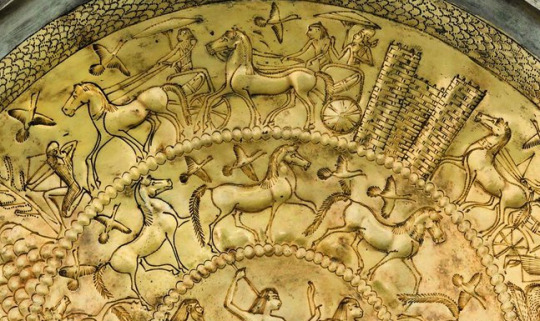
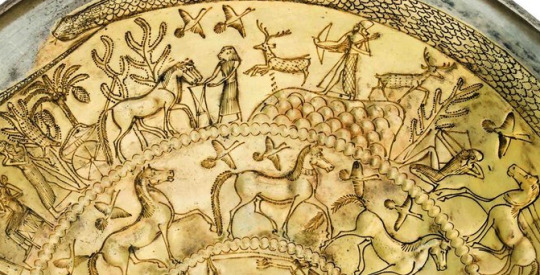
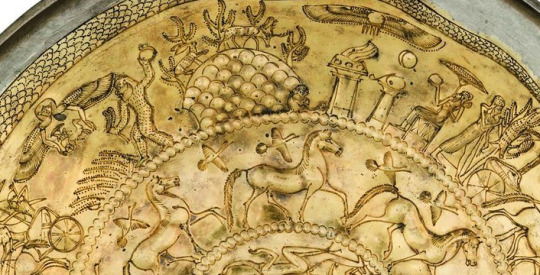
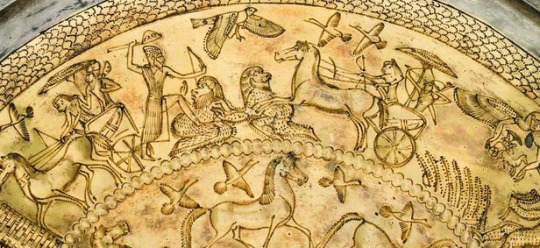
Phoenician Bowl with encircling Serpent Bernardini Tomb (Palestrina, Italy) c. 700 BCE The National Etruscan Museum of Villa Giulia Rome, Italy
#cyprus#rome#italy#egypt#egyptian gods#canaan#canaanite gods#phoenicia#phoenician gods#aram#aramean gods#syria#syrian gods#levantine gods#mesopotamia#mesopotamian gods#pagan gods#polytheism#archeology#magic#witchcraft#witchblr#paganblr#occult#uroboros#ouroboros#warfare#hunting#soldiers#birds
1K notes
·
View notes
Text
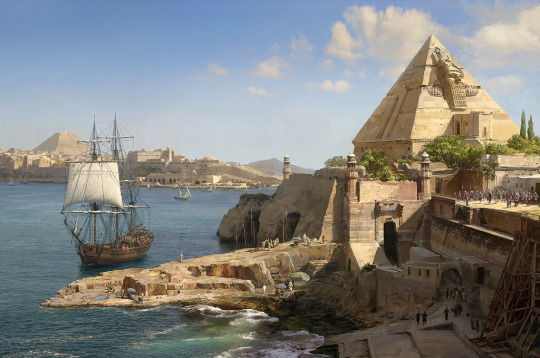
The sister cities of Tyre and Sidon, Phoenicia by Sasha Beliaev
#tyre#sidon#phoenicia#maritime#port#harbour#art#sasha beliaev#ports#harbours#phoenician#phoenicians#mediterranean#eastern mediterranean#levant#ships#ship#biblical#bible#history#antiquity#architecture#boat#boats#sailing#sea#seaport
271 notes
·
View notes
Text
Time Travel Question 16: Ancient History VII and Earlier
These Questions are the result of suggestions from the previous iteration.
This category may include suggestions made too late to fall into the correct grouping.
Please add new suggestions below if you have them for future consideration.
I am particularly in need of more specific non-European suggestions in particular, but all suggestions are welcome.
#Time Travel#Morocco#Phoenicia#The Mediterranean#The Xia Dynasty#Pompeii#Domestication#Agricultural Revolution#Finish history
317 notes
·
View notes
Text

Decided to revisit my family tree of the Deities of ancient Canaan (with some of 𒀭Hadad's relations in Mesopotamian belief as well) 💖
#ancient near east#pagan#paganism#semitic pagan#semitic paganism#ancient history#ancient levant#polytheism#mesopotamia#ancient mesopotamia#hadad#baal#el#asherah#mythology#ugaritic#ugarit#ugaritic mythology#canaan#canaanite#canaanite paganism#canaanite pagan#Phoenicia#Phoenician#polytheist#Yahweh#anat#astarte#canaanite polytheism
14 notes
·
View notes
Text

Pendant made of glass paste found in the archaeological site of the 4th-century BC Iberian town of Turó del Montgrós (el Brull, Central Catalonia).
It is in the shape of a bearded man's head and only the left side of the face is preserved. Another fragment recovered at the site corresponds to the rear. At the top of the artefacts that are found complete there is a small ring to thread the pendant on a necklace.
These types of objects were produced by Phoenician and Punic populations and were highly prized in the Mediterranean. They were probably used as amulets to protect their owners from misfortune and to bring good luck. The indigenous people of what nowadays are the Catalan Countries had been in close contact with the Phoenicians and Punics since the early Iron Age, and they remained their main foreign influence in much of the territory until the arrival of Romans centuries later.
Source: Archaeological Museum of Catalonia.
#arqueologia#història#el brull#catalunya#archaeology#archeology#history#phoenician#punic#artifact#europe#phoenicia#catalonia#ancient#ancient mediterranean#ancient history#artefact#antiquity#amulet#ancient iberian
49 notes
·
View notes
Text
Pretty amazing find. I don't think I've posted many articles on Phoenician anything here, so this is extra good.
17 notes
·
View notes
Text

Goddess Ishtar on an Akkadian Empire seal, 2350–2150 BCE. She is equipped with weapons on her back, has a horned helmet, places her foot in a dominant posture upon a lion secured by a leash and is accompanied by the star of Shamash. 𒌋𒁯👸🏻⚔️❤️🌿⋆⁺‧₊₊‧⁺⋆𒌋𒁯👸🏻⚔️❤️🌿⋆⁺‧₊₊‧⁺⋆𒌋𒁯👸🏻⚔️❤️🌿⋆⁺‧₊₊‧⁺⋆
source: wikipedia
#Inanna#Ishtar#Sumer#Akkadian Empire#Mesopotamia#Babylonia#babylonian cosmology#babolynian polytheism#mesopotamian polytheism#sumerian cosmology#sumerian polytheism#mesopotamian cosmology#akkadian polytheism#akkadian cosmology#assyrian polytheism#assyrian cosmology#phoenician cosmology#phoenician polytheism#love goddess#fertility goddess#fertility#war goddess#babylonian polytheism#polytheism#The Queen of Heaven#Queen of Heaven#Phoenicia#Astarte
20 notes
·
View notes
Text
Coin of the Day #271 (1/30/2025)
A Phoenician bronze for today…


Phoenicia
AE16 - 3.67g
146-144 BC
Arados Mint
Obverse Head of Zeus right, laureate
Reverse Phoenician inscription
Prow left
#coin of the day#ancient greece#ancient phoenicia#arados#phoenicia#phoenician#greek coins#phoenician coins#numismatics#coin#coins#ancient coins
7 notes
·
View notes
Text
Carthage and its Ancient Origins

By Artist, Henry William Pickersgill - Engraved by D. H. Robinson - William Jordan - Autobiography, Volume 3, CC0, https://commons.wikimedia.org/w/index.php?curid=65129435
Letitia Elizabeth Landon, more commonly known as L.E.L., lived from 1802-1838, was an English poet and novelist. She learned to read early and at age 5, attended a school taught by Frances Arabella Rowden, who was a poet herself and encouraged it in her pupils. In 1809, her family moved to the countryside so her education was taken over by her older cousin Elizabeth, who found that L.E.L. was above her level. She was close to her brother, two years younger than her, and began publishing when she was 18 to help pay for his university education. He became a minister and decided to repay her by spreading lies about her. Her poetry was well received by the public, with her initials becoming 'speedily…a signature of magical interest and curiosity' as one critic wrote. She took advantage of the trend of annually produced gift books to expand her career. During her career, she also wrote prose, publishing several novels in addition to her many poems and books of poetry. In 1835, John Forester, her fiancé at the time, became aware of rumors her supposed sexual activity and demanded she refute them. She told him to refute them himself. He did and she broke off their engagement, not wanting to be married to someone who didn't trust her. In 1836, she met George Maclean at a dinner party and saw him as a way to get out of England and they married that next year. In August 1838, they arrived in Cape Coast, Africa. In October 1838, she died of what was likely Stokes-Adams Syndrome which causes fainting due to cardiac irregularities that leads to inadequate blood flow, fainting, and possibly death and is exacerbated by stress and she had the medication for it near her.

By damian entwistle - originally posted to Flickr as tunis carthage museum representation of city, CC BY-SA 2.0, https://commons.wikimedia.org/w/index.php?curid=9049084
Her poem Carthage, she addresses the fallen city of the Phoenicians that was the capital of the Punic empire. The Punic empire dominated Mediterranean trade in the first millennium BCE, prior to the end of the Third Punic War in 146 BCE, leading to the fall of the Punic empire. In her poem, Landon asks '[d]ust, the wide world's king,/where are now the glorious hours/Of a nation's gathered powers?' She points out that the fall of the Punic Empire was '[l]ike the setting of a star,/In the fathomless afar;/Time's eternal wing/Hath around those ruins cast/The dark presence of the past.'
You can read the poem here.
5 notes
·
View notes
Text
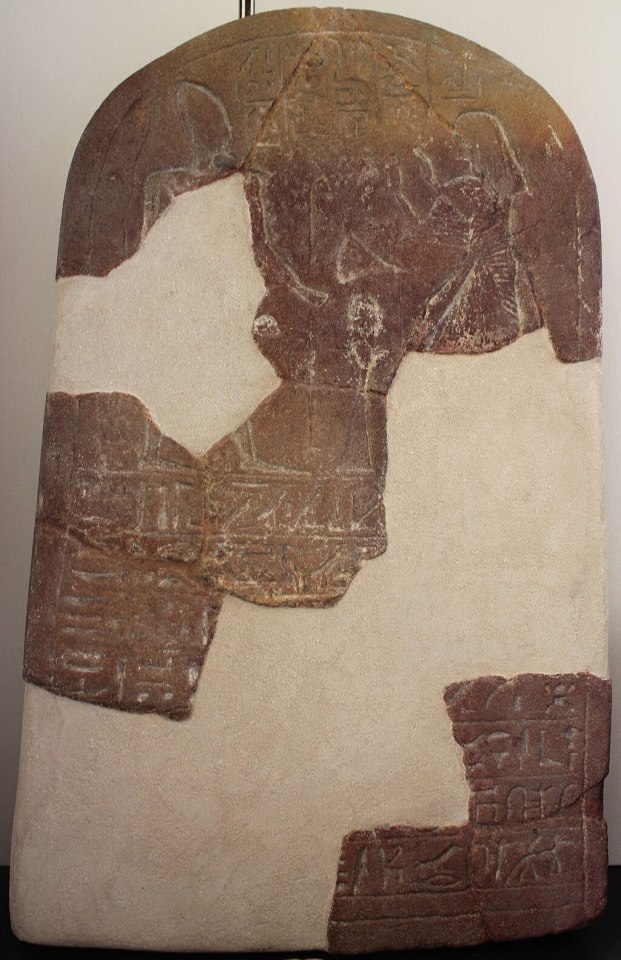
Stele of Set Sapouna (Baal Zephon) c. 1350 BCE Rash Shamra, Ugarit (modern Syria) Louvre Museum AO13176 A dedicatory stele by Maymi, the royal scribe, and former supervisor of the treasury, identifying the mountain/storm god Baal Zephon (Baalu Sapunu) with the Egyptian deity Set (Sutekh). Found within the temple of Baal-Hadad in Ugarit.
#baal#baal hadad#hadad#adad#beelzephon#set#seth#set deity#sutekh#canaan#canaanite gods#phoenicia#phoenician gods#aram#aramean gods#syria#syrian gods#levantine gods#hellenismos#mesopotamia#mesopotamian gods#ugarit#ugaritic gods#egypt#egyptian gods#kemeticism#kemetic#kemetic polytheism
66 notes
·
View notes
Text
The Blood of Adonis
“In the great Phoenician sanctuary of Astarte at Byblus the death of Adonis was annually mourned, to the shrill wailing notes of the flute, with weeping, lamentation, and beating of the breast; but the next day he was believed to come to life again and ascend up to heaven in the presence of his worshippers. The disconsolate believers, left behind on earth, shaved their heads as the Egyptians did on the death of the divine bull Apis; women who could not bring themselves to sacrifice their beautiful tresses had to give themselves up to strangers on a certain day of the festival, and to dedicate to Astarte the wages of their shame.

The Adonis (Abraham) River, in Lebanon.
(Source: OadrienvalentineG, CC BY-SA 3.0 https://creativecommons.org/licenses/by-sa/3.0, via Wikimedia Commons)
“This Phoenician festival appears to have been a vernal one, for its date was determined by the discoloration of the river Adonis, and this has been observed by modern travellers to occur in spring. At that season the red earth washed down from the mountains by the rain tinges the water of the river, and even the sea, for a great way with a blood-red hue, and the crimson stain was believed to be the blood of Adonis, annually wounded to death by the boar on Mount Lebanon. Again, the scarlet anemone is said to have sprung from the blood of Adonis, or to have been stained by it; and as the anemone blooms in Syria about Easter, this may be thought to show that the festival of Adonis, or at least one of his festivals, was held in spring. The name of the flower is probably derived from Naaman (‘darling’), which seems to have been an epithet of Adonis. The Arabs still [c. 1878] call the anemone ‘wounds of the Naaman.’” [1]
—J. G. Frazer, Adonis, Attis, Osiris, part 1 (The Golden Bough, vol. V, 1914, pp. 225-226)
[1] Frazer's footnote: W. Robertson Smith**, "Ctesias and the Semiramis Legend," English Historical Review, ii. (1887) p. 307, following Lagarde. Compare W.W. Graf Baudissin, Adonis und Esmun, p. 88 sq.
**OP note: William Robertson Smith (1846-1894) was an important contributor to early anthropology who authored The Religion of the Semites, a work highly influential on Émile Durkheim. Smith was J. G. Frazer's scholarly idol (although they didn't always see eye to eye) and best friend. Frazer deeply mourned his premature death from tuberculosis, and it would be no exaggeration to say he was in love with the man. See Robert Ackerman, J. G. Frazer: His Life & Work (1987).
#jg frazer#the golden bough#the golden bough vol v#adonis attis osiris#adonis#phoenicia#astarte#byblus#flute#lamentation#dying-and-rising god#river adonis#river abraham#lebanon#darling#greek mythology#william robertson smith#emile durkheim
2 notes
·
View notes
Text




Hi y’all,
My name is Steve and I’m a photographer living in nyc. I used to spend all my time on tumblr before facebook and instagram took over that landscape.
Today, I’m returning, against the turmoil. Look forward to sharing some writing and photography, maybe a bit of collage.
These were shot on temu film at the Phoenicia Diner. I was only allotted eight shots. I got five. I used a Minolta SRT 101 and a 58mm lens. The limitations are certainly in the film. I got them developed at Lustre Digital on ave A in the east village and I scanned them on my own with a Fujifilm X-T20.
Hope to connect with some fun artists and kind people
#35mm film#35mm photography#temu film#temu shopping#photography#original photographers#Phoenicia#upstate new york#new york#diner#intro post
2 notes
·
View notes
Text

A candle for 𒀭Lady Ashirat of the Sea as Springtime begins 🕯️🌴🌅
O 𒀭Lady Ashirat of the Sea,
Please bless me and keep me throughout this new Season
So that I may endure in Your good time, O Great Mother.
Shulmu 𒁲𒈬 and a blessed Spring to all! 💚
#ancient near east#pagan#paganism#semitic pagan#semitic paganism#ancient history#ancient levant#bronze age#history#Ashirat#Asherah#Canaan#Iron age#Canaanite#canaanite pagan#canaanite paganism#Phoenicia#phoenician#Spirituality#Faith#Prayer#Canaanite polytheism#polytheist#polytheism#Goddess#Goddesses#Spring#Springtime#vernal equinox#spring equinox
16 notes
·
View notes
Text
Nice Punic find. Too bad it's so limited, but better than nothing.
10 notes
·
View notes
Text

Mušḫuššu dragon from the Isthar Gate 𒈲𒍽
#Inanna#Ishtar#Sumer#Akkadian Empire#Mesopotamia#Babylonia#babylonian cosmology#babalonian polytheism#mesopotamian polytheism#sumerian cosmology#sumerian polytheism#mesopotamian cosmology#akkadian polytheism#akkadian cosmology#assyrian polytheism#assyrian cosmology#phoenician cosmology#phoenician polytheism#love goddess#fertility goddess#paganism#war goddess#babylonian polytheism#polytheism#The Queen of Heaven#Queen of Heaven#Phoenicia#Astarte
10 notes
·
View notes
